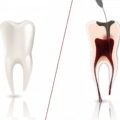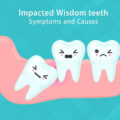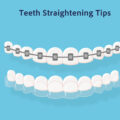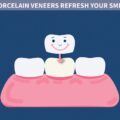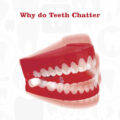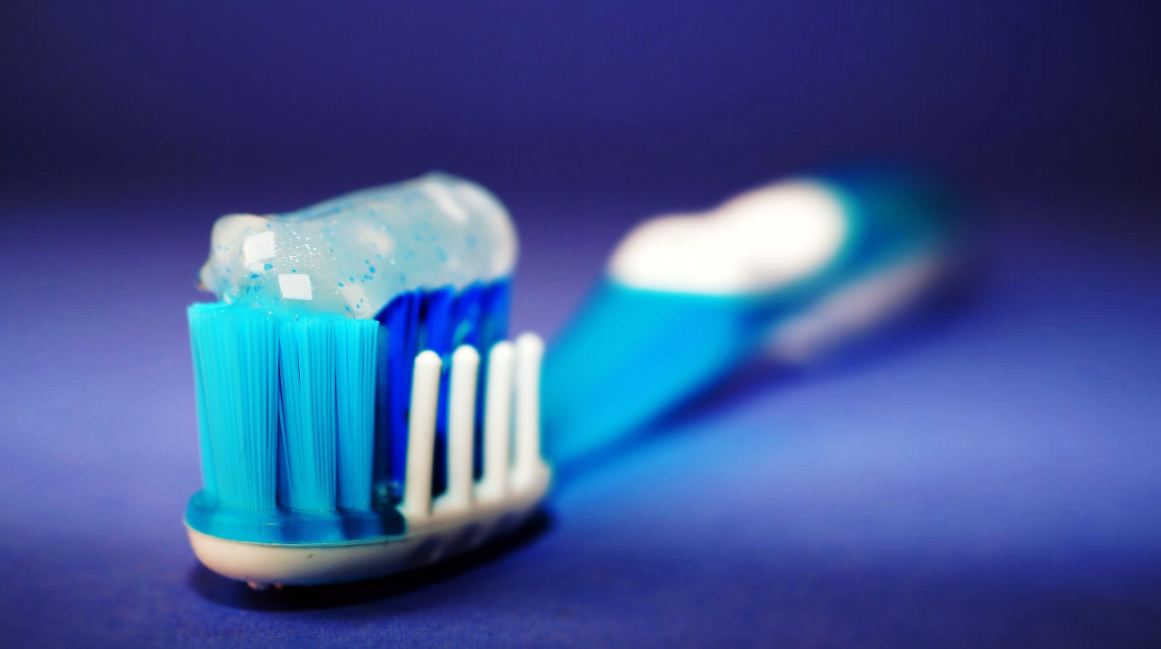
dental care
edental
27 June 2019
How Often Should You Change Your Toothbrush
Even though all of us have been brushing and flossing our teeth for years and years, it’s surprising to know that most of us aren’t even close to getting it right. Did you know that proper brushing takes at least two minutes? Most people do not come close to brushing that long. Remember to brush your teeth at least twice a day with fluoride toothpaste and toothbrush. Let the bristles do the work – instead of squashing the brush against your teeth, move slowly and gently across the surface of every tooth.
● Angle the bristles next to the outer surface of your teeth toward the gum line.
● Gently move the brush in a circular motion.
● Gently scrub all the outer surfaces of the upper and lower teeth, making sure to reach the back teeth.
● Using the same circular motion, brush the inside surfaces of all your teeth.
● Scrub the chewing surfaces, especially the grooves that may collect food particles in your back teeth.
● Use the tip of the toothbrush in a circular motion to clean the front teeth.
● Finally, gently brush the roof of your mouth, the insides of your cheeks, and your tongue.
This makes your entire mouth feel clean and may also freshen your breath.
● Floss every day – usually at bedtime
● Limit the number of times you eat snacks each day
Replace your toothbrush every 3 to 4 months. Consider getting a new toothbrush sooner if you have been sick, especially if the toothbrush is stored close to other toothbrushes. When in doubt, look at the bristles. If they are frayed, they won’t clean teeth as thoroughly. Children often brush more rigorously than adults, they may need their toothbrushes replaced more often.
There are two styles of toothbrushes to consider: manual and electric. Choose what feels comfortable and makes you want to brush your teeth regularly. A manual toothbrush is portable and ready to use every time you need it. It makes no noise, and you will have complete control over the pressure it puts on your teeth and gums. An electric toothbrush requires charging and is a bit more cumbersome to take along when traveling. However, the rotating movement of the bristles makes it easier to clean between teeth and at the gum line. Many electric toothbrushes have built-in sensors to make sure you brush long enough and don’t press too hard.
How Dental Health Affects Your Overall Health
One can sanitize their toothbrush by soaking it in alcohol or dipping it in boiling water. It can make you sick if you don’t. This is unlikely, but it’s still a disgusting possibility: If you don’t change your toothbrush often enough, it could make you sick. The chances of a toothbrush re-infecting you with a cold or flu are slim, but enough bacteria hangs out on your toothbrush that another virus could develop. If you’re using an old toothbrush, you’re not getting rid of enough plaque, as I mentioned above. If dental plaque is left unchecked, it can eventually turn into tartar, a mineral buildup, and damage your gums. If gingivitis isn’t treated in enough time, your gums can separate from your teeth and you could even lose teeth to infection.
I know all of this information can be a lot to take in and with our busy life schedules it’s hard to time brushing properly hence while we do our best with our teeth we should also visit our dentist every six months for an oral exam and professional cleaning.
